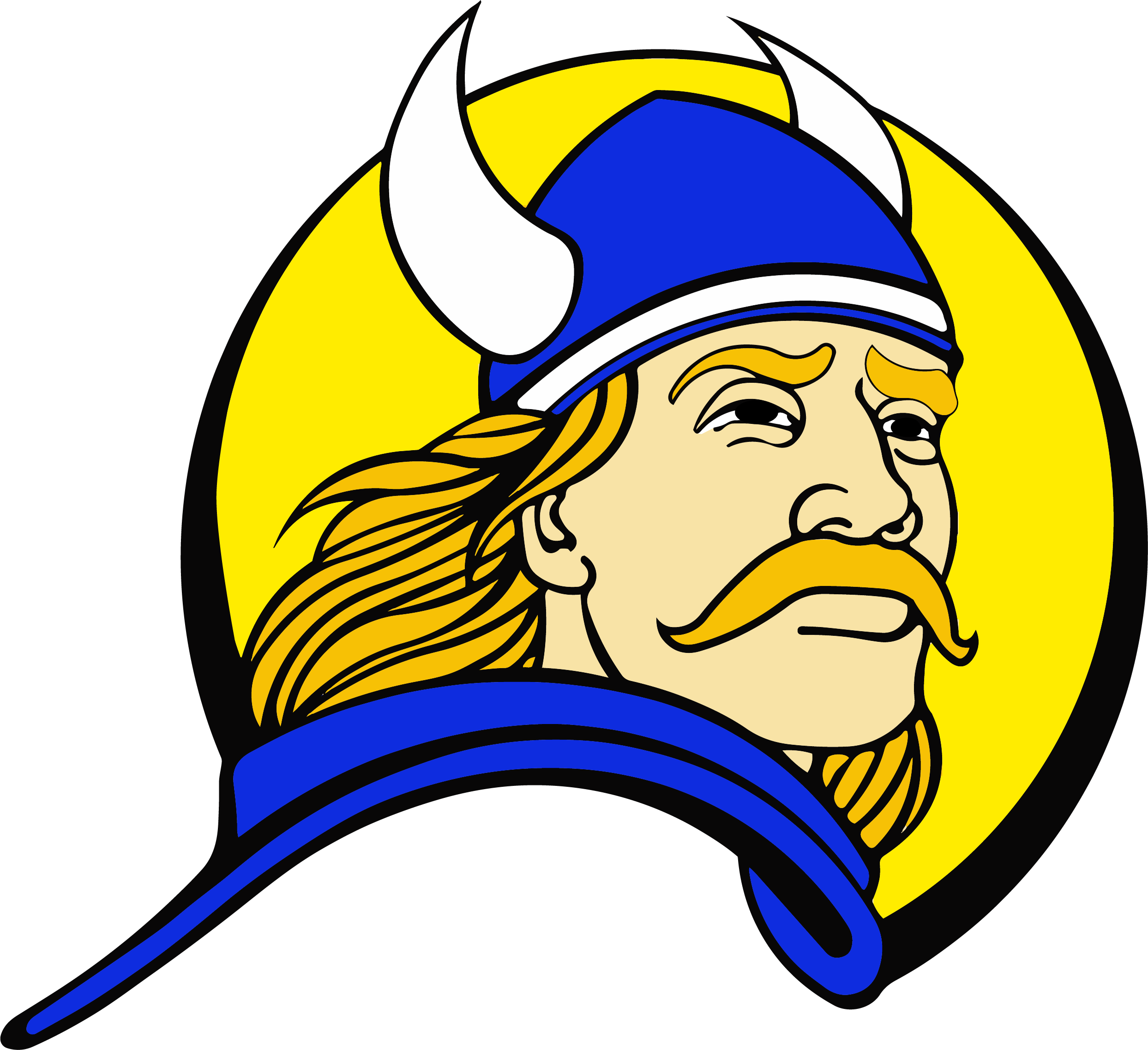Second grade students lined up down the hall from the art room at Garfield Elementary, each holding in one hand a slip of paper with an item or two circled and in their other hand held varying size stacks of SWAG Cash.
From a storage room by the art room, Wendy Vaughn pulled out a table, set it up and then began to pull out small baskets filled with a variety of items, each costing a different amount. All kinds of candy, stickers, smelly pens and pencils, little stuffed animals and even Hot Wheels filled the baskets.
She set out the sign saying the SWAG Store was open, and as quickly as possible, one second grade class after another moved through the line, each student buying what they wanted. “The goal is they can earn five a day, so they can have 25 a week,” Vaughn said of the SWAG Cash. “They can spend it each week or save it up towards a bigger item.”
“I’ve got 80 SWAG bucks,” one boy said excitedly as he stood in line, waiting his turn. “I’ve been saving up and I’m buying two Hot Wheels.”
SWAG stands for Super Wonderful Awesome Goal Getters. The SWAG Cash aids in student behavior and motivation.
Second grade students get them from any of the second-grade teachers, including the Special Ed teacher and the Reading Interventions teacher, for completing reading assignments. Students can also earn them for outstanding behavior. “We have a little slip they fill out to shop. PTO gave us $500 this year and last year,” Vaughn said of how they got the items for the SWAG Store.
On Friday’s, students count their SWAG bucks and decide from the list what they want to buy and circle it. Vaughn said it helps the students work on their math skills. She said teachers each have a chart that shows what each item cost in SWAG Cash.
“It’s fun to listen to them talk about what they are going to get,” she said, and listen as students help each other, informing one another if they do or don’t have enough bucks saved up to buy the item they say they want. Each class has their students’ SWAG Cash totaled and shopping list filled out before they head to the store at the end of the day on Fridays. Not everything students can buy with their SWAG Cash is at the store, though. Some SWAG Cash is spent in their classroom. “We have coupons for each teacher. They can each decide what they want to do with their students. It could be shoes off for a day or reading a book to the principal or to the class, or five minutes extra recess they can buy for the entire class, or 20 minutes free time,” Vaughn said. “We try to push those things that don’t cost us anything and those things are easily changed throughout the year.”
Last year, lunch with the principal was very popular, but this year, with a new principal settling in and him helping supervise the lunchroom every day, that coupon is not available, she said.
“It’s just about an incentive to work hard. Our group, we set goals, like how many AR (Accelerated Reading) points. I am super competitive, like super competitive. It’s not even funny. I will walk past the reading board and say, ‘Did you see we’re in second place. We can’t be in second place.’ You would be surprised just saying that, they will come in and read more. …They take over and we have fun with it,” Vaughn said.
Teachers have other things they do individually in their rooms to incentivize their students, but Vaughn said SWAG Cash is one thing they all participate in, and “it works.”
“I was surprised at the end of last year when we decided to stop doing reading rotations, everybody said. ‘Let do this do this again,’” Vaughn said of the SWAG Cash. “It worked, so, we’re doing it.”
“Personally,” Vaughn said, “I feel it made a tremendous difference because when they go to see their intervention teacher or Title teacher we know, if you didn’t come back with a SWAG Cash, you weren’t working hard today.”




